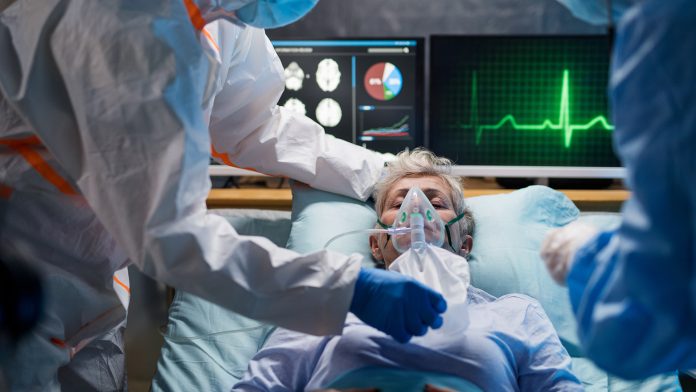Statisticians at Lancaster University have used an AI algorithm to track and predict hospital outbreaks.
Hospital outbreaks of infectious diseases such as COVID, MERS, and MRSA have been adding a burden to the NHS as well as healthcare systems around the world.
During the recent COVID pandemic, incidences of healthcare-associated infections were very high despite the infection control measures implemented.
Now, Dr Jess Bridgen and Professor Chris Jewell of the Department of Mathematics and Statistics have been working in collaboration with Lancaster Medical School’s Dr Jon Read and infectious disease doctors at the University of Liverpool, to map out potential hazard points for a multitude of infectious diseases.
Barriers to predicting hospital outbreaks
The biggest barrier to predicting and managing these infections is understanding how they were transmitted in the first place. For example, whether staff inadvertently transmit diseases between wards, patients interact with other infected patients, or visitors bring infections from outside within hospital grounds.
It is difficult to monitor patients, staff, and visitors for infection at all times.
Although hospitals take note of when a patient first tests positive for an infection, the time they contracted the infection and when they stopped being infectious is often unknown. This makes it difficult to identify the source of that infection and subsequent infections in other patients.
The team developed a statistical approach to epidemic modelling
To tackle the uncertainties, the team developed a cutting-edge Bayesian statistical approach to epidemic modelling.
They gathered data on staff and patient movements within and between wards and the typical infectious period of a disease.
From this, they created a model capable of predicting at what point patients contracted the disease – allowing the team to see the most likely source of that infection.
Professor Jewell stated: “This project demonstrates the power of cutting-edge Bayesian analysis when coupled to real-world patient data. It gives us a method of seeing through a noisy, complex world to get to the heart of a very real infection control challenge that hospital staff face on a daily basis.”
The model allows for early intervention
The model was produced and tested using COVID outbreaks within a UK hospital during the pandemic. Despite this, the team hope that similar forms of AI will be able to map out potential infection hazard points for a multitude of infectious diseases.
The model will let infection control teams intervene earlier and ultimately prevent small introductions of disease from turning into hospital outbreaks.
Dr Jess Bridgen concluded: “As an early career researcher, this project was a great opportunity to apply novel statistical methodology to a real-world application. This research presents an avenue for further AI innovation in infection control to detect at-risk areas of hospitals and evaluate control interventions.”









